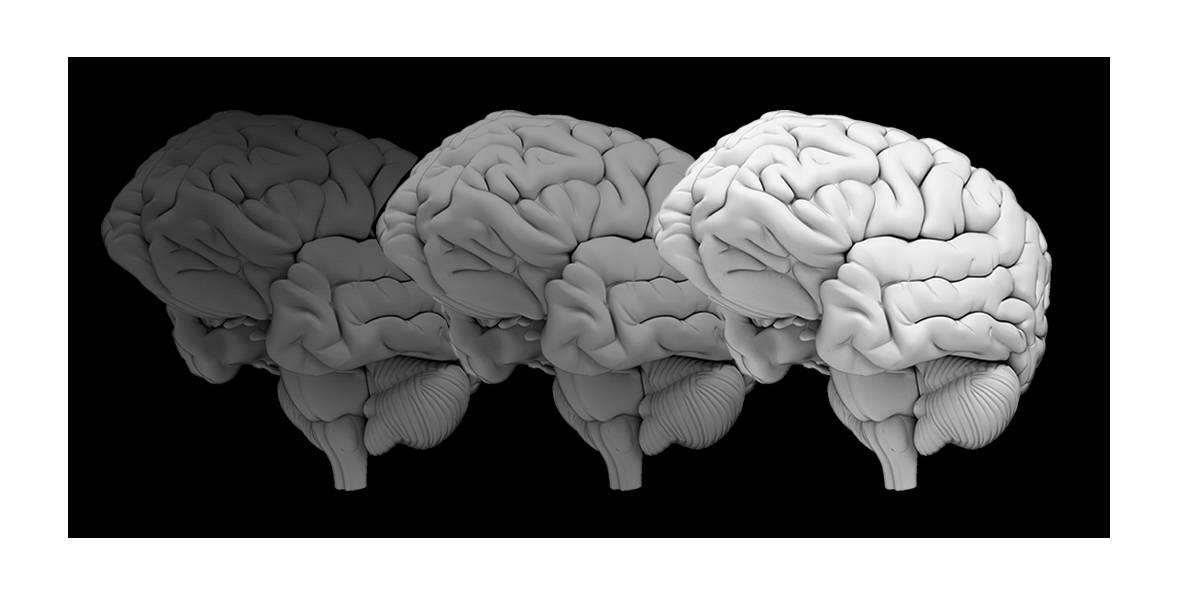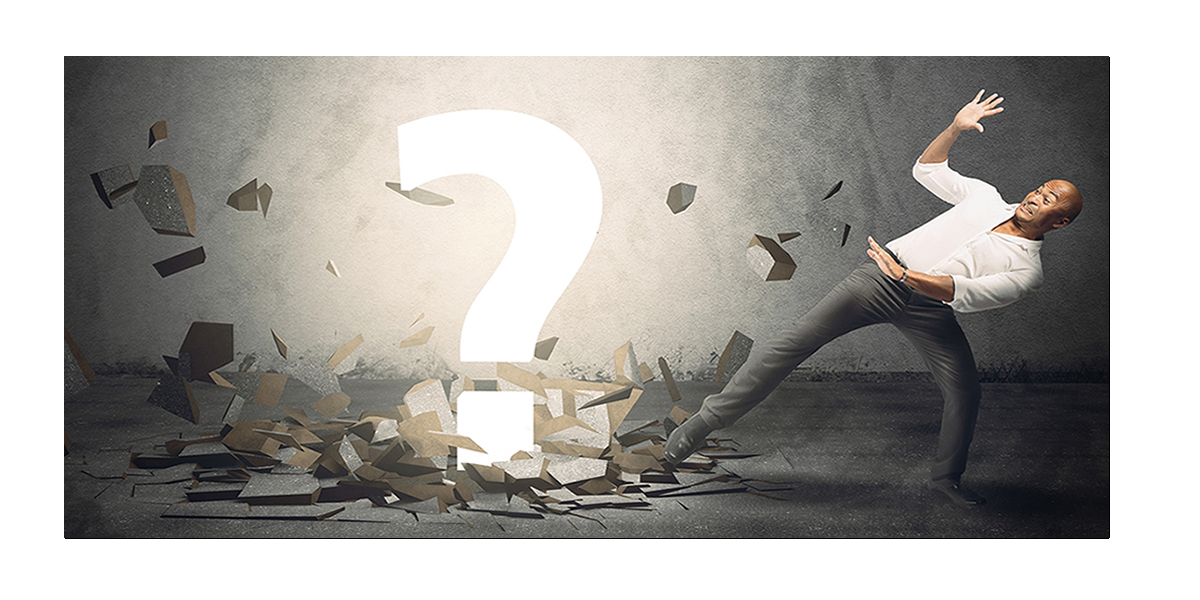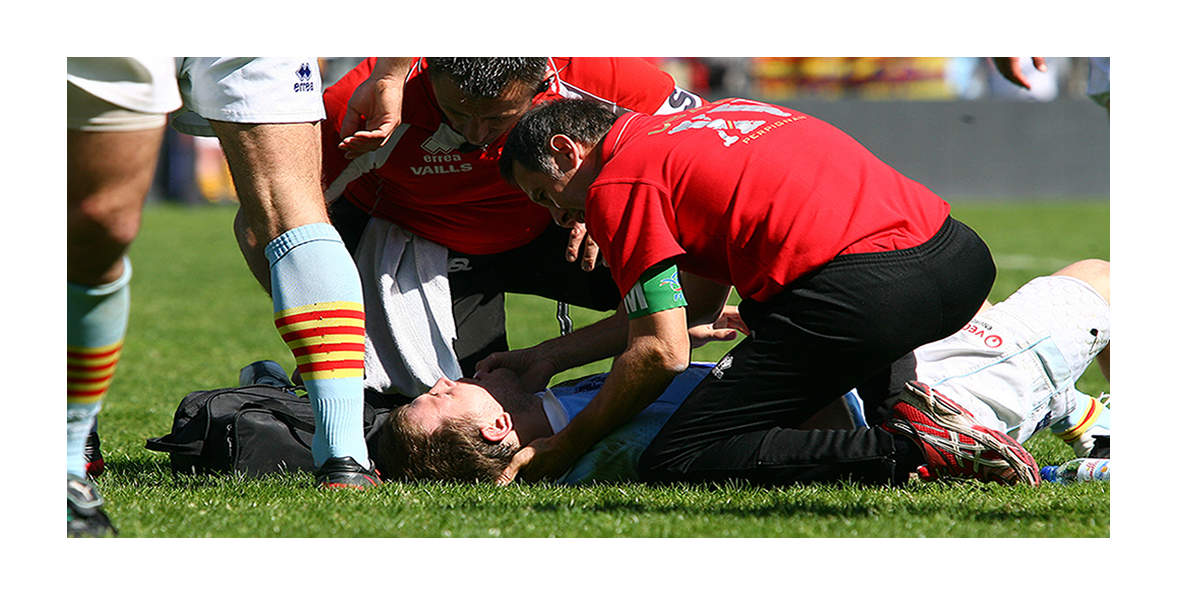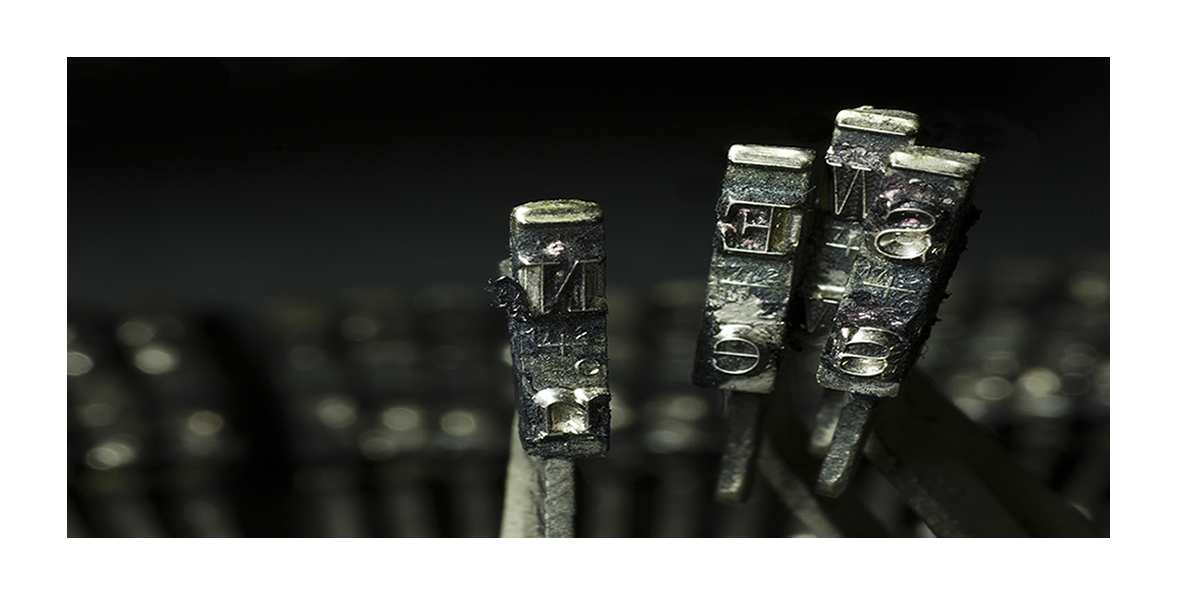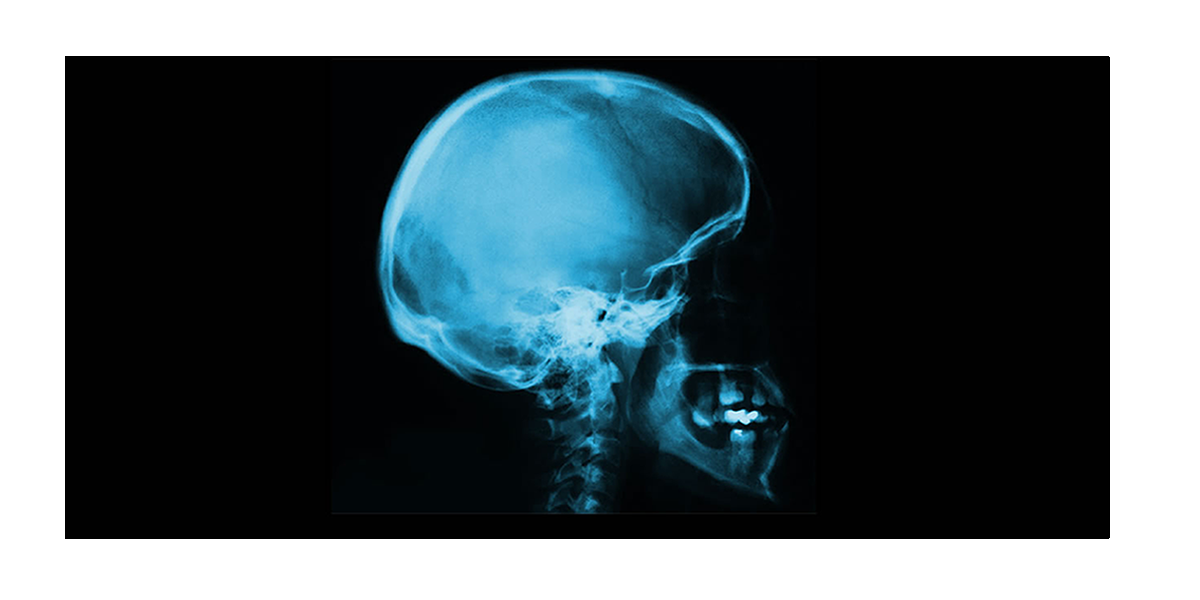It's a very important question, given the prevalence of brain injury in South Africa. We know that 15 000 people die on our roads every year, give or take a thousand. Statistics for brain injuries in road accidents are harder to come by, but an estimate given by Sarieta Schultz in Traumatic Brain Injuries in South Africa -- A review is that for every death on our roads, four people are brain-injured.
And that's just road accidents. Think about the other common causes of brain injury -- violence (gunshots, stab wounds, beatings) accounts for 20% of head injuries, according to the National Institute for Occupational Health, falls account for 25%, and "motor vehicle, bicycle, or vehicle-pedestrian accidents" account for 50%.
In addition South Africa has a high - and rising -- incidence of high blood pressure, which often goes untreated. This can lead to strokes, which also injure the brain, as do illnesses such as encephalitis, brain tumours and hypoxia (lack of oxygen, for example in a drowning case).
Brain injuries have an enormous ripple effect on the community, which is costly economically and emotionally.
Jessica (not her real name), who lives with a brain-injured relative, says: "It affects spouses who become caregivers; it affects children by altering their parent, sometimes turning them into unrecognisable personalities; if the person can't work anymore, it affects the quality of life of a whole family; it affects a social circle of friends; and it affects work colleagues and companies who have to either adapt to the brain-injured or find and train a new staff member."
The brain is a delicate and subtle organ, so it's hard to say what effect an injury might have. In a closed-head injury (where the brain is bounced around inside the skull, smashing into the skull's many knobby internal protrusions) the effects could be as slight as an understated change in the person's personality, or they could include a massive deficit in the ability to process information, solve problems and understand or relate to other people. Brain injuries can cause physical problems such as difficulties in walking, talking, swallowing or balancing - or worse, paralysis.
"Every brain injury is different. Brain-injured people can be quite difficult to live with and yet it's not their fault," says Ann Coe, a public relations official for Headway, a South African support organisation for people with brain injuries (www.headway-gauteng.org).
Fixing the brain
Science is beginning to hold out new hope for the brain-injured, however.
For decades after Nobel Prize winner Santiago Ramon Cajal wrote in his 1913 book, Degeneration and Regeneration of the Nervous System: "…the nerve paths are something fixed, ended, immutable. Everything may die, nothing may be regenerated", it was believed that the brain could do nothing to change or repair itself.
But about 25 years ago, scientists began to realise that the brain can and does grow new brain cells. They've discovered that our brains contain neural stem cells (or stem-like cells, as some scientists prefer to call them) in areas related to smell, emotion, movement, learning and memory, and in the spinal cord, and the search is on for more in other parts of the brain.
"The neural stem cells are undifferentiated cells that sit around in specific areas of the brain. When they divide, one of the two new cells can develop into a neuron," says Dr Cory Blaiss.
Blaiss is lead author of new research published in the Journal of Neuroscience this month that shows that the brain actively works to repair its vital memory and learning centre in the hippocampus after traumatic brain injury. (The name hippocampus has nothing to do with hippos, by the way: this brain structure looks a little like a seahorse, which the Greeks called "hippo" -- horse - and "campus" - sea monster.)
The research offers suggestive leads for ways to tackle brain injuries. It also offers an indication as to why it's more difficult to recover after more than one brain injury, for example, the case of a man who has a concussion playing rugby, but shows no symptoms until he hurts his head in a later motor-vehicle accident. An injury, the researchers found, triggers action: the neural stem cells in the hippocampus are activated and "remodel" the injured brain region with new cells.
The process is not perfect, however. "Our study provides evidence that, in addition to resulting in an increase in neurogenesis (that is, the birth and development of new neurons), brain injury may also cause a decrease in the number of neural stem cells," says Blaiss.
In other words, the pool of neural stem cells becomes smaller and this could have a profound effect if the person is injured again. "It is possible that this decrease might limit the brain's ability to recover after additional injuries, but we need to do more research."
Treatment: ways forward
Blaiss says that, "Like most biomedical research, this evidence generally comes from rodents, so we don't know for sure if the same is true for humans." However, the study showed that blocking the birth of new neurons in brain-injured mice resulted in worsening deficits of cognition (basically processing information and creating memories). "This suggests the possibility that enhancing neurogenesis after brain injury might enhance recovery, but more research is needed to see if that is actually the case."
What could encourage the making of new brain cells? Less stress and more exercise, for starters, says Blaiss: "There is evidence that exercise can increase neurogenesis and stress can decrease neurogenesis. There are also different drugs that have been shown either to increase or decrease neurogenesis. So, down the road, if enhancing neurogenesis is shown to enhance recovery, this would suggest that doctors might want to increase neurogenesis in injured patients through either behavioural or pharmacological interventions to enhance their
recovery."
Careful, considered counselling by medics of patients with brain injuries -- and of their relatives and caregivers -- might reduce stress and therefore increase the production of new neurons.
In addition, healthcare practitioners might want to take these results into consideration when prescribing for people with brain injuries. There's evidence that opiates such as morphine (often given to manage severe pain) can decrease neurogenesis. If there's a risk of brain injury, it would be worth exploring other options for managing pain. In addition, "Drugs of abuse such as nicotine and alcohol have been shown to decrease neurogenesis," says Blaiss. "That might be information doctors would want to consider when counselling patients." In other words, give up smoking and limit or give up drinking.
Finally, the impact of an injury on those crucial pools of neural stem cells might be worth considering. If further research confirms this impact, says Blaiss, "then it would indeed suggest that people who have already suffered injuries should consider taking additional precautions to protect themselves from additional injuries. In general, however, I think it's always useful for people to protect themselves in a situation where a head injury is likely to occur because a severe enough injury can cause serious brain damage even in people without a previous history of brain injury."
Just as we've become used to people wearing protective head gear on motorbikes and bicycles and on construction sites, perhaps, given our road--accident statistics, we should consider promoting protective head gear for motor-vehicle drivers and passengers.

